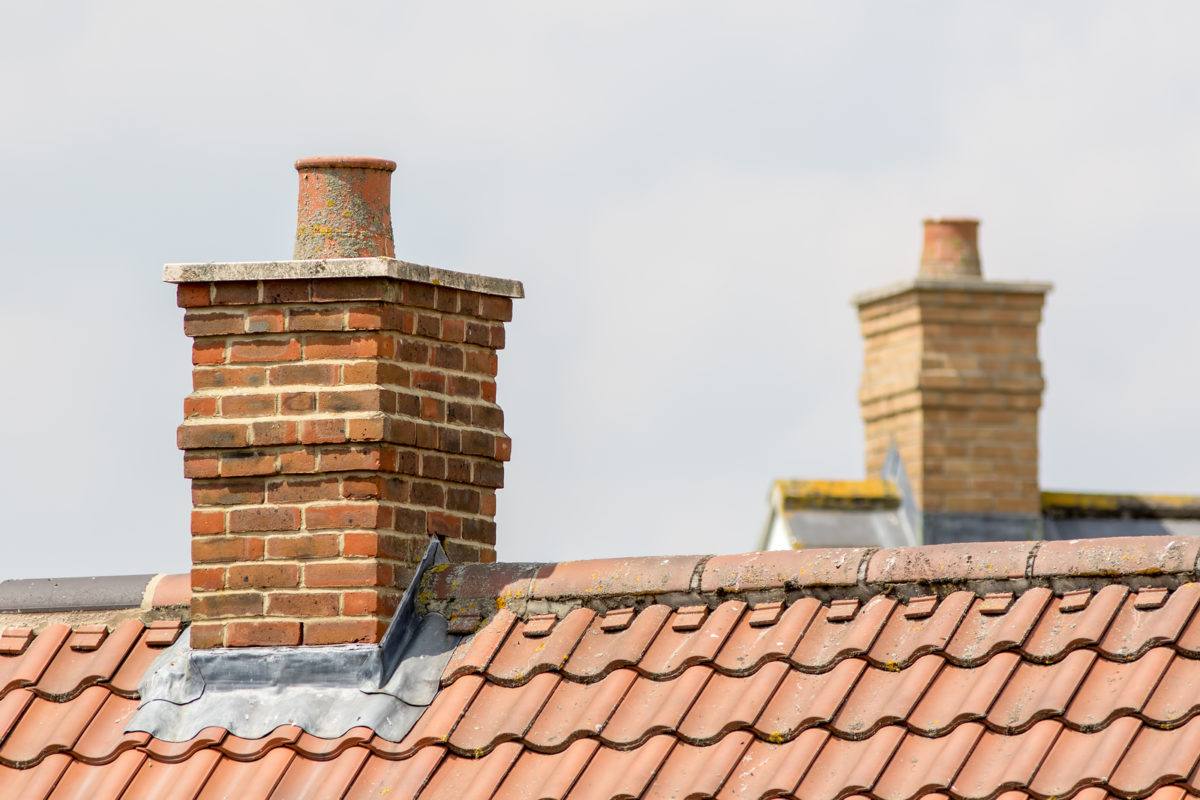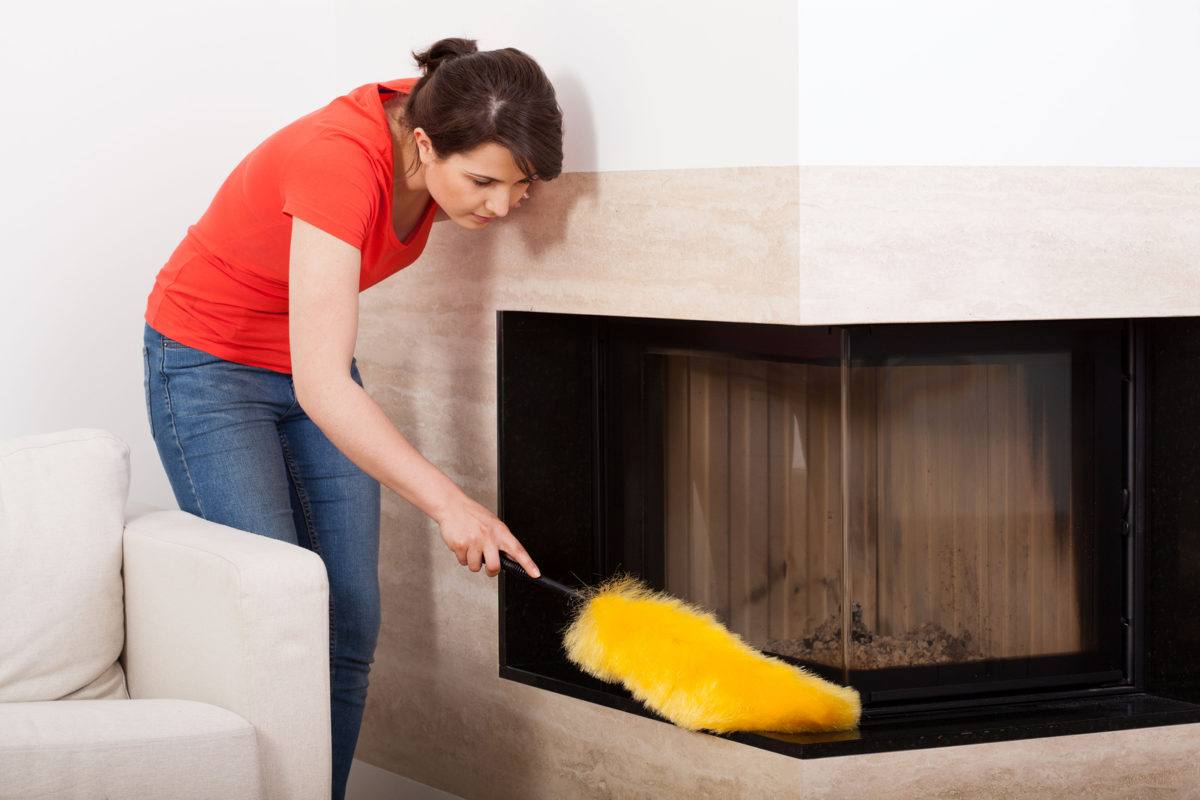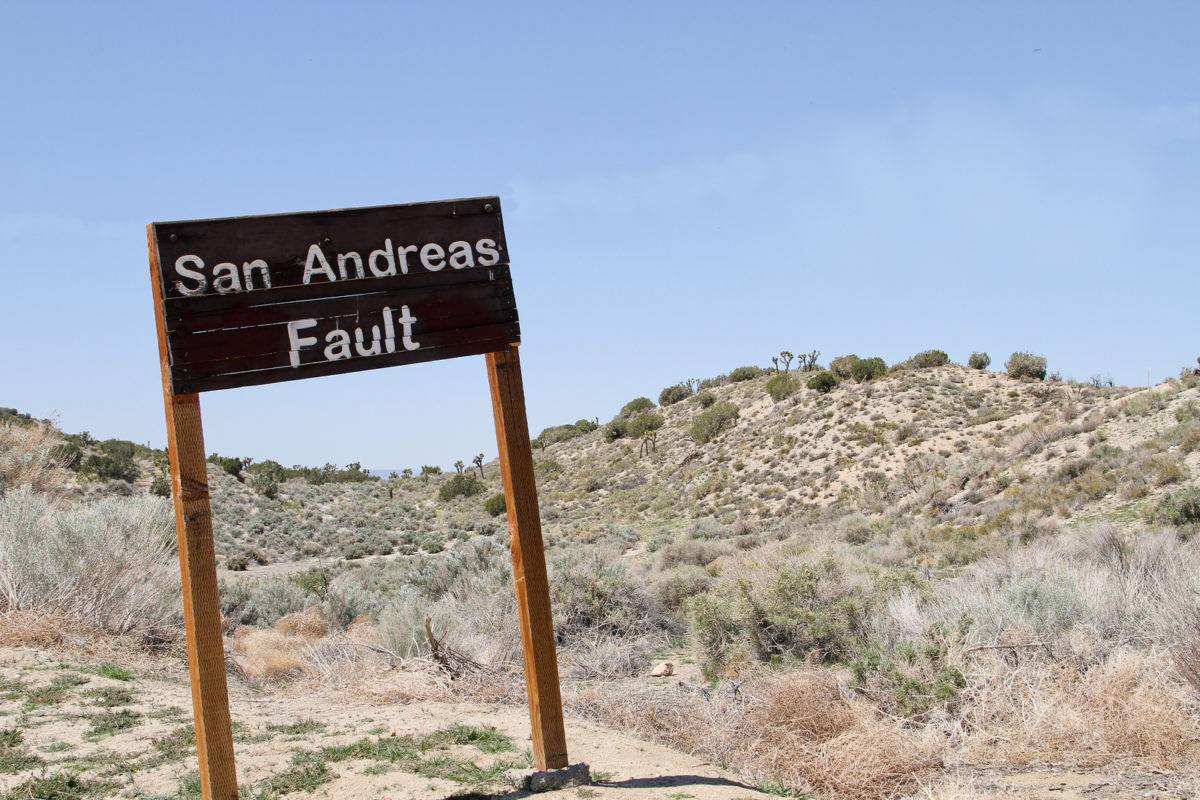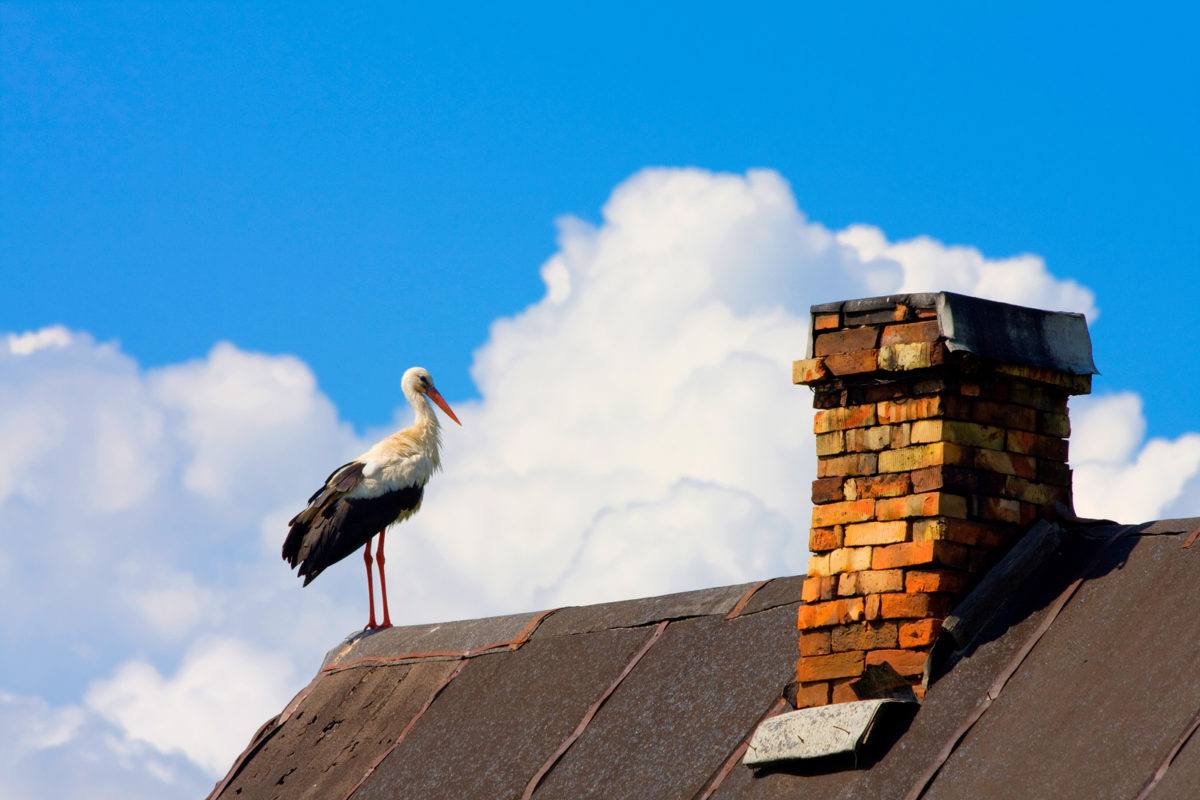When you think about home improvements, your chimney may not be something you think about. However, like many other things in you home, it can break down and need replacement. But how do you know when you should replace your chimney since it’s usually not something on your repair list? Well, it all depends on the condition of your chimney.
Chimneys are very sturdy, but they still need some TLC every now and then to functional properly. And if your chimney is in really bad shape, it might be time for a chimney replacement. To see if your chimney needs fixing or replacement, it’s recommended that you do an annual check, usually in a
season that you won’t be using your fireplace. You’ll also want to check it out after any severe weather like hail storms or hurricanes.
We’ve rounded up a few obvious signs to check for yourself, right after you schedule a professional chimney inspection.
1. A DAMAGED CHIMNEY CROWN
The crown of your chimney is a vital piece of masonry as it protects the chimney from anything that might fall into it (expect for directly above the flue). It keeps out water and weather damage and takes a beating. If it’s injured, the damage can spread down the chimney, resulting in a complete rebuild. It can also degrade and crack due to age, which can be a disaster for the chimney.
2. WHITE SALTS ON BRICKS
White bricks can mean water damage inside the bricks, which pulls out the natural salts and minerals to the surface of the bricks. The white staining can wash off easily, but if comes back, you’ll definitely need to call a professional to come in and help.
3. SPALLING OR SHALING
Spalling is the result of water entering brick, concrete, or natural stone. It forces the surface to peel, pop out, or flake off. Spalling can eventually cause crumbling and destruction of a structure. If you have spalling bricks, it means your chimney is damaged and will need to be rebuilt. You’ll want to call a professional ASAP.
Shaling is also caused by water, but describes what happens to affected tiles. If you notice that tiles or pieces of tiles fall into your fireplace, this is shaling. You’ll definitely need a chimney replacement if you see this!
4. NO CHIMNEY CAP
The chimney cap is like a little hat worn by the flue, to keep debris and water out. Some chimneys don’t have a cap and the ones that do can lose them from time to time. If your chimney doesn’t have one, it’s because it’s most likely sustained some damage at one point. The cap acts as the first line of defense and you’ll want to call a professional for an inspection before any damage gets worse, needing a full chimney replacement.




